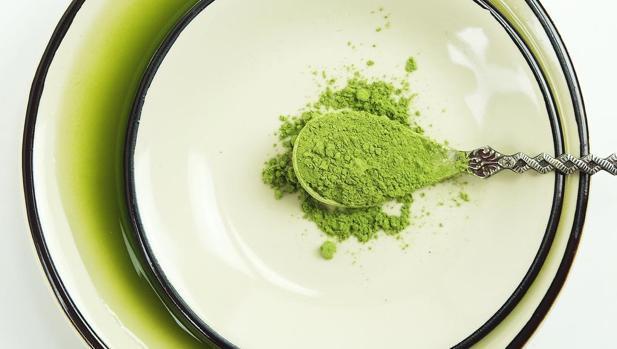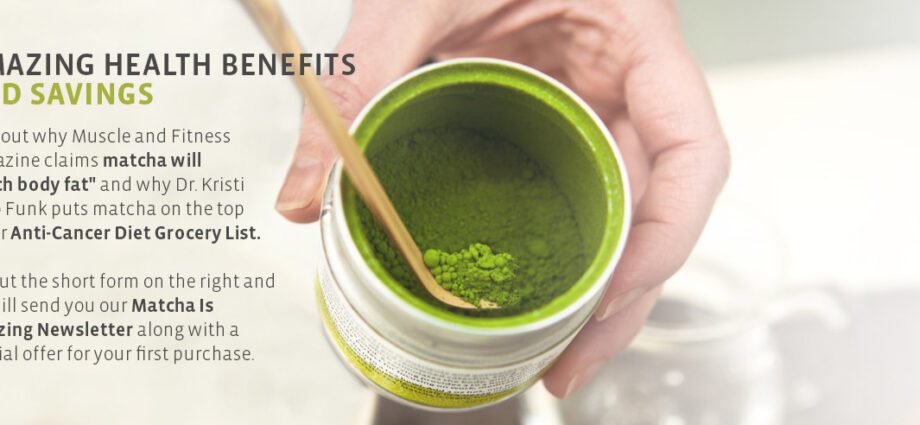What matcha tea can do for you

A high dose of energy and, at the same time, a calm and focused attitude. Yes, there is something that does it. The last superfood It comes from Japan, it is green, it is consumed mainly as a hot drink and it has as many benefits as history. The matcha, in addition, it hooks.
The good reputation of green tea has been with us for years. Matcha is its most concentrated and exquisite version, and therefore much more powerful.
The first secret is in the way it is cultivated, since the plants grow in the shadow so that they have more amino acids and chlorophyll, responsible for their striking color.
The second differential factor is the way of making and drinking it, because instead of chopping the leaves of the plant and infusing them, as is usually done with tea, the protagonist of the new “boom”It is obtained by grinding the most tender leaves until obtaining a very fine powder that dissolves directly in the water. You literally drink the plant.
With each sip of matcha we receive the benefits of several cups of green tea. The main one has to do with the natural flavonoids called catechins, of great antioxidant power. But it is also related to this drink with slimming effects, with better skin (due to polyphenols) and with an overdose of “slow release” energy.
“The combination of categories, low doses of caffeine and L-theanine make matcha vr tea the perfect source of concentrated energy,” explain nutrition experts Aidan Goggins and Glen Matten in “The Tea Book March” (Dome Books) .
But the best thing about this powerful tea is that it has very good taste, so much so that it can be used to cook cakes, ice creams, desserts, sauces and dressings. Experts define it as peculiar and pleasant, close to the so-called fifth flavor or umami (tasty).
Origin
Super concentrated green tea powder may be new to the West, but it flaunts a long history in Japan and earlier in China, where it was born by the hand of Zen Buddhist monks.
Louise Cheadle and Nick Kilby, owners of the Teapigs emporium and authors of “The Matcha Tea Book”, tell that the Japanese monk Myoan Eisai brought it to their country around 1191 and dedicated himself to promoting its consumption, as he considered it essential for meditation. “Tea is the ultimate medical and mental remedy and has the ability to make one’s life fuller and more complete,” Eisai wrote.
Over the years, the Chinese fertilized the tradition of other varieties, such as pu-erh, oolong and black tea, while the Japanese made matcha, “the elixir of the immortals” for Eisai, part of their culture and its deep-rooted tea ceremony.
For a long time it was reserved for the wealthiest Japanese classes, and even today, when it has become popular and launched to conquer the rest of the world, a good variety of matcha it is not available to everyone.
How to prepare it
As “The Matcha Tea Book” (Dome Books) explains, the classic way to prepare it is to whisk it in hot water using a bamboo whisk. It is then served in a bowl the Japanese way. In the western adaptation a hand whisk or milk frother can be used.
Matcha usually comes in jars or jars. For a cup, half a teaspoon is calculated. Some brands incorporate a very useful wood gauge for this. The water should be very hot but not boiling, so that it does not burn the dust.
A high-quality matcha is distinguished, in addition to its price, by its bright color; a powerful, sweet and fresh vegetable scent; its creamy, thick and smooth touch and its unmistakable flavor, always pleasant and intense.










